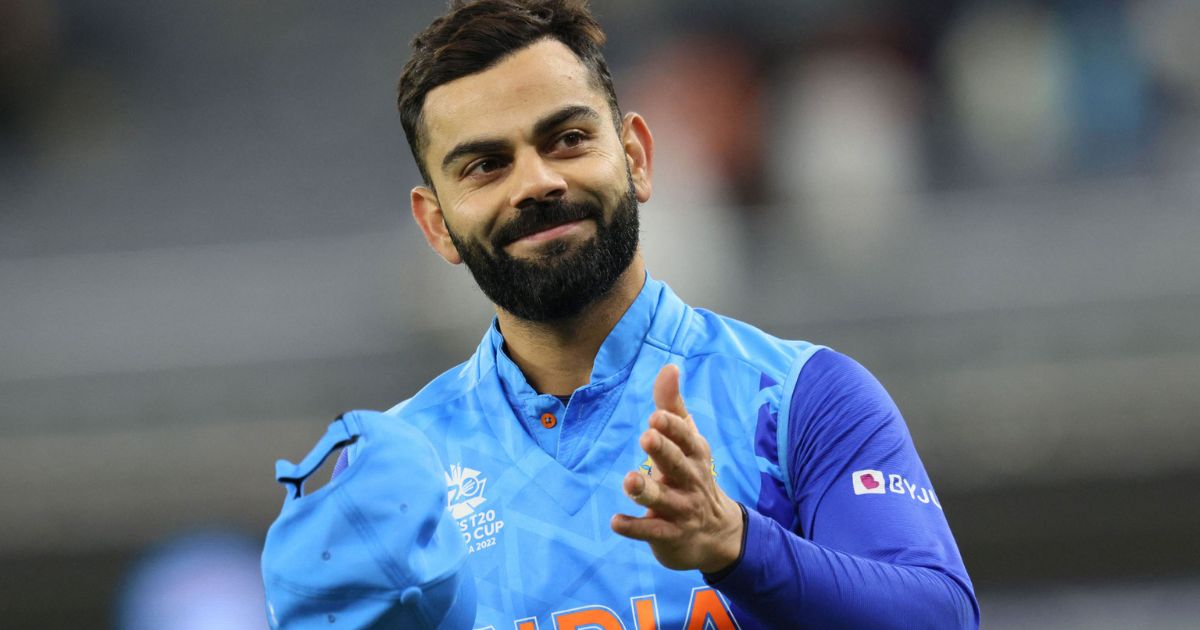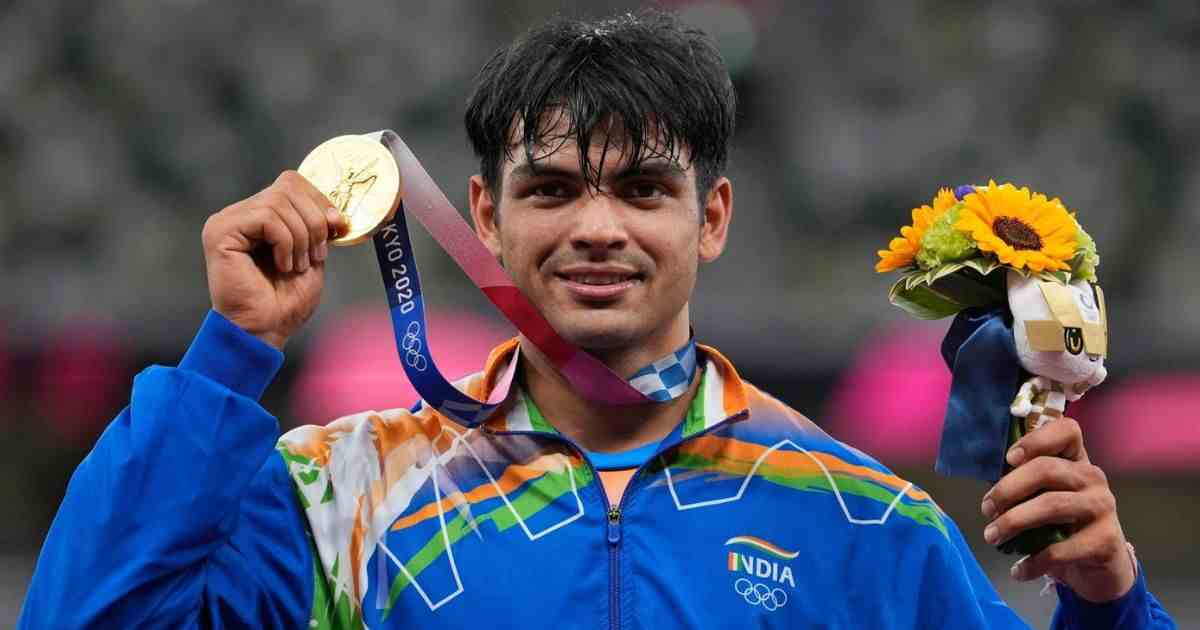Hook: A snapshot of a football match that grips the nation’s attention
The Match of a Lifetime
The sky was a canvas of fiery oranges and purples, a fitting backdrop for the most anticipated football match of the decade. In a stadium that seemed to pulsate with the heartbeat of the nation, two rival teams stood at either end, exuding determination, passion, and years of rigorous training.
The air was thick with electricity as if a storm was brewing. Every eye was fixed on the lush green of the pitch, every heartbeat synchronized to the rhythm of the referee’s whistle. Families, friends, and strangers divided in their loyalties but united in their love for the game, waited with bated breath. It wasn’t just a game; it was the culmination of dreams, the pinnacle of national pride, and a battle of legacies.
Outside, streets were deserted, shops had downed their shutters early, and children mimicked their heroes in alleyways. As the country tuned in, the collective consciousness was focused on one thing: the ball and its journey between two goalposts. In that snapshot of time, the nation’s soul was captured, living and breathing football.
Objective of the blog: To delve deep into the evolution and nuances of football in India
Football, known to captivate hearts across continents, has a distinctive and evolving journey in India. While it may not boast of the same fervor as some South American or European nations, India’s connection with the ‘beautiful game’ has deep historical roots and an ever-evolving present. This blog aims to explore this journey, tracing its origins, its golden moments, its challenges, and the renewed zest seen in recent years.
The British Influence & India’s Early Tryst with Football
Football made its maiden appearance in India during the mid-19th century, brought to the shores by British soldiers and settlers. It was the period of colonial rule, and the local populace was getting introduced to various Western sports. The establishment of the Durand Cup in 1888, one of the oldest football competitions globally, marked the formal inauguration of competitive football in the country.
India’s Golden Era: A Glimpse of Brilliance
The 1950s to the early 1960s can be termed the ‘Golden Era’ of Indian football. During this period, the national team showcased its prowess by clinching the gold at the 1951 and 1962 Asian Games and marking a memorable campaign at the 1956 Melbourne Olympics, reaching the semi-finals.
Club Football: Passion & Rivalry
Football is not just about national pride; it’s equally about local identities and club rivalries. Clubs like Mohun Bagan and East Bengal, originating from West Bengal, are not just teams; they represent cultures, communities, and legacies. Their iconic matches witness a frenzy reminiscent of the El Clásico in Spain.
The origin of football: A quick glance at its historical roots
Certainly! Football, known as “soccer” in some countries such as the United States and Canada, has a rich and complex history that spans thousands of years. Here’s a quick overview of the historical roots of football:
- Ancient Civilizations: Forms of a ball game have been played since ancient times. Various civilizations had their versions:
- China: As early as the Han Dynasty (206 BC-220 AD), a game called “cuju” was popular. It involved kicking a ball into a net without the use of hands.
- Greece: The ancient Greeks played “episkyros,” where two teams would try to throw a ball over the heads of the other team.
- Rome: The Romans played a game called “harpastum,” which was similar to episkyros. The game later spread with the Roman Empire.
- Medieval Europe: In medieval Europe, forms of football were played in towns and villages. These were often violent, chaotic affairs with few structured rules. The ball was made from inflated animal bladders. In some cases, the aim was to move the ball to a particular location, such as the opposing village.
- Formation of Modern Rules: The transformation of these early games into the sport we know today began in the 19th century in England. Various schools and communities had their own rules, which led to the need for standardization.
- 1848 – Cambridge Rules: At Cambridge University, students from different schools met to form a set of standardized rules, known as the Cambridge Rules.
- 1863 – The Football Association (FA): The FA was formed in England, and they established a standardized set of rules which became widely adopted. This event is crucial as it marked the division between Association Football (or soccer) and Rugby Football.
- Spread Globally: With the British Empire’s influence, football began to spread across the world. By the late 19th and early 20th centuries, football clubs, associations, and competitions were being established in various countries.
- FIFA: In 1904, the Fédération Internationale de Football Association (FIFA) was founded in Paris. FIFA would go on to establish the World Cup in 1930, held in Uruguay, which has since become the sport’s premier global competition.
- Modern Era: Football has grown immensely in the 20th and 21st centuries. The World Cup, UEFA Champions League, and various national leagues like the English Premier League, La Liga, and Bundesliga have millions of followers. Players like Pelé, Maradona, Messi, and Ronaldo have become global icons.
Today, football is not just a sport but a cultural phenomenon, celebrated worldwide and uniting people of diverse backgrounds.
Conclusion
India’s journey in football is a tale of passion, challenges, and undying hope. The sport, while having its highs and lows, remains an integral part of the nation’s sporting fabric. As infrastructure improves, investments flow in, and young talent emerges; there’s a growing belief that India might soon be a force to reckon with in the world of football.
Join us in this journey, support local teams, cheer for the national side, and be a part of the revolution. The future of Indian football beckons, and it’s a tale worth being a part of.
FAQs
Q1. When was football introduced to India?
A: Football was introduced to India in the mid to late 19th century during the British colonial period.
Q2. Who were the primary players and promoters of football in its early days in India?
A: Initially, the primary players and promoters of football were British army personnel and civil servants. However, as the sport gained popularity, local Indians began to form their own teams and clubs
Q3. Which is the oldest football club in India?
A: The Calcutta Football Club, founded in 1872, is among the oldest clubs in India.
Q4. What significant milestone did Mohun Bagan Athletic Club achieve in the early 20th century?
A: In 1911, Mohun Bagan Athletic Club defeated the East Yorkshire Regiment, an English team, in the IFA Shield final. This victory was emblematic of rising Indian nationalistic sentiments against British rule.
Q5. What are the oldest football tournaments in India?
A: The Durand Cup, which started in 1888, and the IFA Shield, which began in 1893, are among the oldest football tournaments in India.
Q6. Did football in India face challenges during the colonial era?
A: Yes, football faced challenges, especially in infrastructure and organization. However, exchanges facilitated by the colonial ties brought in new techniques and tactics to the game in India.
Q7. When was the All India Football Federation (AIFF) established?
A: The AIFF was established in 1937, marking a significant step in the institutionalization of football in India at the national level.
Q8. Why was Mohun Bagan’s victory in 1911 significant beyond just sports?
A: Mohun Bagan’s victory was symbolic of the fight against colonialism. Beating a British team gave a sense of pride and boosted nationalistic feelings among Indians.
Q9. Were Indians initially allowed to play in the football clubs started by the British?
A: Initially, football was primarily confined to British soldiers and officials. However, as its appeal grew, Indians started forming their own teams and clubs, leading to more inclusivity.











